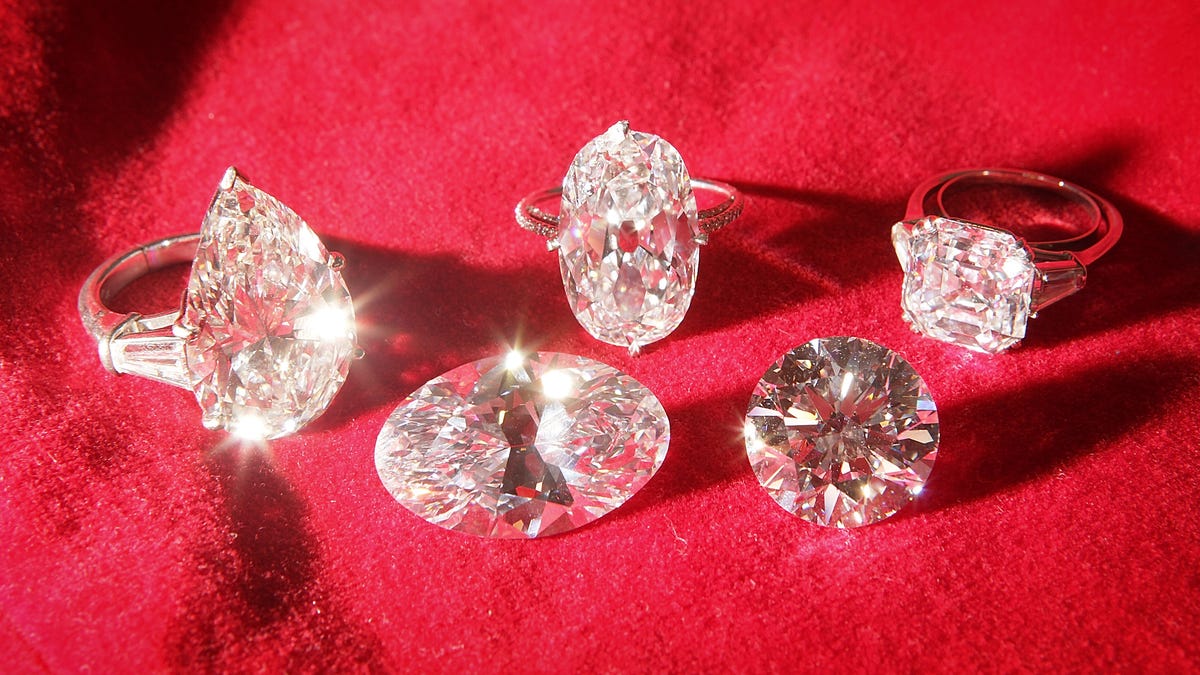In a world increasingly aware of the environmental and ethical impact of consumer choices, lab-grown diamonds have emerged as a shining beacon of sustainability and responsibility. These man-made gems offer a brilliant alternative to traditional mined diamonds, addressing concerns about environmental degradation, human rights violations, and unsustainable practices that have long plagued the diamond industry.
The Rise of Lab-Grown Diamonds
Lab-grown diamonds, also known as synthetic or cultured diamonds, are created in controlled environments that replicate the natural conditions under which diamonds form in the Earth’s mantle. Through advanced technological processes, these diamonds are grown with identical physical, chemical, and optical properties to natural diamonds. The only notable difference? Their origin.
The journey of lab-grown diamonds from niche alternative to mainstream favorite has been swift and remarkable. As consumers become more socially and environmentally conscious, the demand for ethical and sustainable products has surged. Lab-grown diamonds perfectly align with these values, offering consumers a guilt-free option without compromising on beauty or quality.
Environmental Sustainability
One of the most significant advantages of lab-grown diamonds lies in their minimal environmental impact. Unlike traditional diamond mining, which involves extensive land disruption, energy-intensive processes, and significant carbon emissions, lab-grown diamonds require far fewer resources and generate significantly less environmental harm.
By opting for lab-grown diamonds, consumers contribute to reducing the ecological footprint associated with diamond mining, preserving fragile ecosystems, and mitigating the destructive effects of mining activities on biodiversity and natural habitats. Additionally lab made diamonds, the controlled manufacturing process of lab-grown diamonds allows for better waste management and minimal environmental pollution.
Ethical Considerations
Beyond environmental concerns, the diamond industry has long grappled with ethical issues related to human rights abuses and exploitation in diamond mining regions. From child labor to forced labor and conflict financing, the traditional diamond trade has been tarnished by numerous ethical transgressions.
In contrast, lab-grown diamonds offer an ethical alternative, free from the stain of human suffering. By choosing lab-grown diamonds, consumers can ensure that their purchases do not contribute to the exploitation of vulnerable communities or support oppressive regimes. This ethical assurance adds an invaluable layer of integrity to the beauty of lab-grown diamonds.
Quality and Value
Critics of lab-grown diamonds often cite concerns about quality and value compared to their natural counterparts. However, technological advancements have narrowed the gap between lab-grown and mined diamonds, with lab-grown stones now rivaling natural diamonds in brilliance, durability, and purity.
Furthermore, lab-grown diamonds typically offer better value for money, as they tend to be more affordable than mined diamonds of comparable quality. This affordability expands accessibility, allowing more consumers to enjoy the beauty and luxury of diamonds without breaking the bank.
The Future of Diamonds
As awareness grows and consumer preferences evolve, lab-grown diamonds are poised to become the undisputed #1 choice for environmentally and ethically conscious individuals. With their impeccable sustainability credentials, ethical integrity, and undeniable beauty, lab-grown diamonds represent not just a trend but a paradigm shift in the diamond industry.
In embracing lab grown diamonds the #1 choice, consumers champion a future where beauty coexists harmoniously with responsibility, where luxury is synonymous with sustainability, and where every sparkle tells a story of conscientious consumption. As we pave the way for a brighter, more ethical tomorrow, lab-grown diamonds stand as a glittering testament to our commitment to a better world.
